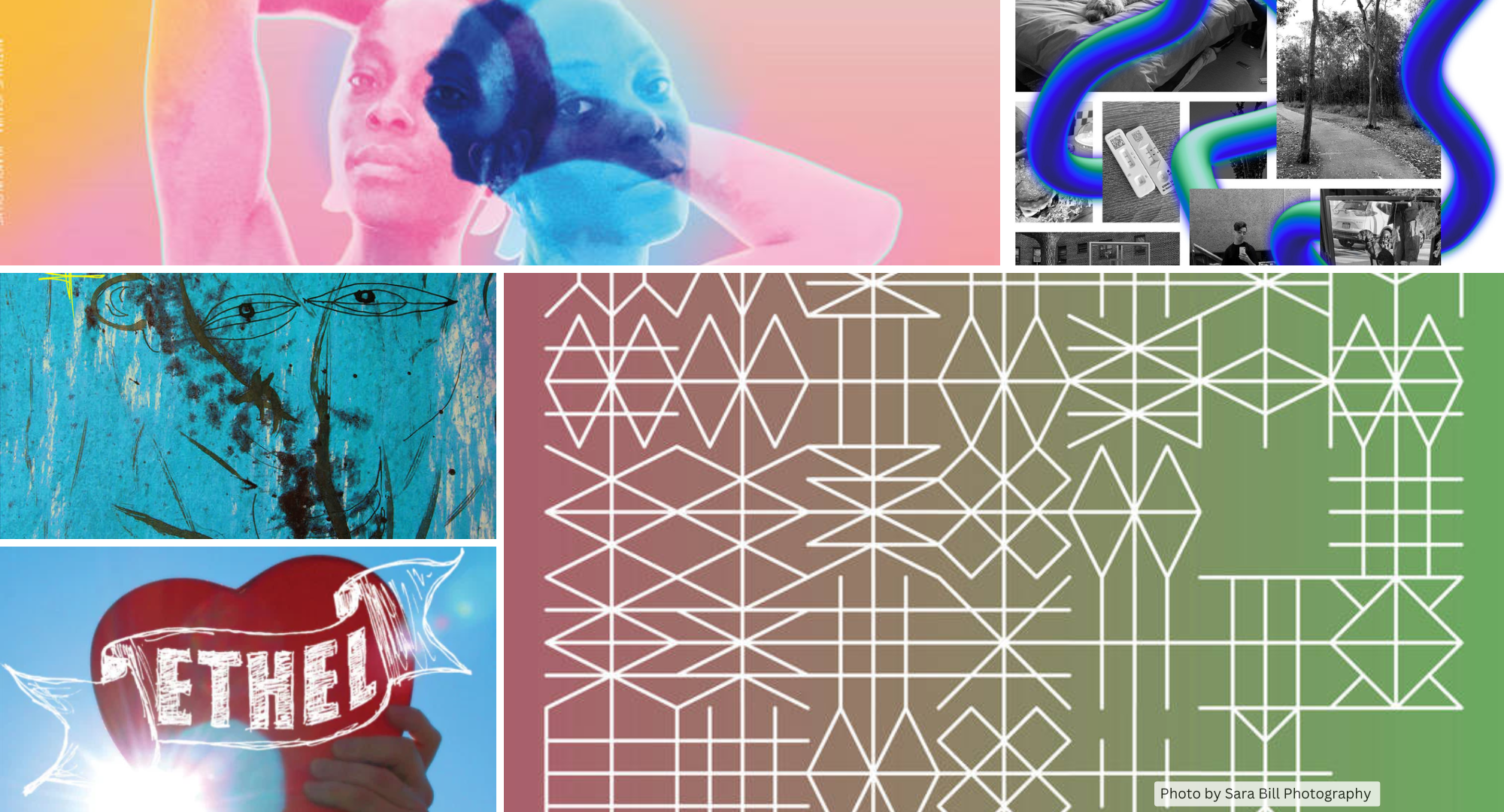Its week 3 of Black History Month 2025! Learning more about George E. Lewis made me want to dive further into Black composers in early computer music. I knew that few had the opportunity to participate because “early computer music” and “early electronic music” in America was evolving in the 1950s, 1960, and 1970s when our country was still heavily segregated (it still is in some parts). I am currently not using many scholarly articles or physical books to research – I’m currently doing what is more kin to “internet sleuthing.” I am glad I now know about Olly Wilson, brilliant composer and the person who established the Technology in Music and Related Arts Department at Oberlin in 1973. However, much about him is not on the internet when compared to other composers. Thanks to articles from New Music USA, Oberlin, and Wise Music Classical for helping me learn about Olly Wilson.
I give this playlist a Difficult Listening Hour rating of 7/10. Hope you enjoy lots of bleeps and bloops. Remember to listen in order if you can!
To have these playlists delivered to your inbox every week, sign up for my newsletter.
1. Latency by Connor D’Netto and Yaz Lancaster. Album: Latency. From Lancaster’s website: “Yaz Lancaster is an experimental artist whose practice is grounded in queer, DIY, and liberatory frameworks. Their work utilizes improvisatory forms, electroacoustic composition, sampling/collage, and relational aesthetics. Cultivation of care & intimacy, Marxist praxis, and accessibility are priorities of their artistic ethos.” The work Latency refers to the latency of communication while working collaboratively during the pandemic.
2. Archaism C2 radio-cut improvised by Tyshawn Sorey, Adam Rudolph, Sae Hashimoto, Russell Greenberg, Levy Lorenzo. Album: Archaisms II. It was my intent to feature Tyshawn Sorey as a composer on this playlist, but he appears here on piano and drumset. Tyshawn is the 2024 winner of the Pulitzer Prize for Music. He is also a prolific multi-instrumentalist, which you can hear in this piece. I will feature works more traditionally composed by Tyshawn in the future. This is my fault for trusting Spotify album info.
3. magnesium by Yaz Lancaster. Album: Latency. The works on this album are short so I wanted to include two! This has to be one of my favorite program notes of all time, ” MAGNESIUM ELIMINATES ALL OF MY ANXIETY.” I didn’t listen to a lot of music during the height of the pandemic – listening to albums created over distance out of necessity feels like a window into another person’s lockdown.
4. Test Flight No. 1 by Yvette Jamine Jackson. Album: Test Flight No 1. “‘Test Flight No. 1’ is an etude for a series of compositions themed around commercial space tourism.” About Jackson from her website, “Yvette Janine Jackson is a composer of electroacoustic, chamber, and orchestral musics for concert, theatre, and installation. Building on her experience as a theatrical sound designer, she blends various forms into her own aesthetic of narrative soundscape composition, radio opera, and improvisation. Her works often draw from history to examine relevant social issues.”
5. Kouti yo by Nathalie Joachim. Album: Ki moun ou ye. Nathalie is a composer, flute player, and vocalist. In addition to composing, Nathalie performed all vocals and flutes on the album. “Most of these songs were written on Nathalie’s family farm in southern Haiti. This region of Haiti grows most of the country’s vegetables and is emblematic of all that is most beautiful about Haiti—the lush green of the trees and the deep blue of the sea. It is also a region that has experienced a heavy load of the tragedy that is part of the Haitian story, falling in the path of severe hurricanes that have, on more than one occasion, wiped away many of the crops the country so heavily relies on. Ki moun ou ye is not simply being asked at the personal level but is also asking what it means to be from such a land of profound beauty and pain.”
6. Sometimes for tenor and tape by Olly Wilson. Album: Videmus: Works by Anderson, Baker, Fox and Wilson. The program note for this work reads “The electronic tape was prepared at the University of California-Berkeley Electronic Music Studio. The recorded voice sounds on the tape were derived from the singing of William Brown, who passed away in 2004. Sometimes is dedicated to my parents, who, through love and patience, taught me how to sing.” This work was written in 1976, which means “and tape” is literal. Sounds were run on one tape machine to another, altering speed and applying other physical effects to the tape itself in order to produce new sounds. Olly Wilson joined the Oberlin faculty in 1965, becoming the first black professor at the institution. Wilson’s work Cetus won the FIRST ever prize for electronic music. You can see the original announcement here.
7. Ethel Dreams of Temporal Disturbances by Pamela Z, performed by ETHEL. Album: Light. This work ties off this playlist in a perfect way. New Music Box describes this work as “a surreal collage pieced together from PBS programs…” This also accurately describes the inside of my head a lot of the time. The program note reads, ““Ethel would like to settle down and relax after a long day’s work and watch something she has recorded, but she’s so tired, that she drifts off before she’s even made it through the opening credits. She sleeps fitfully as mixed messages from her program, along with countless advertising breaks and news bulletins, infomercials and cultural programs scan forward and backwards across her closed eyelids and seep in through her vulnerable open ears. Ethel is puzzled as her dreams are re-written and edited to please the corporate sponsor,s and their themes are influenced by the whims of the underwriters. She becomes disoriented as time stretches, condenses, pauses, races forward and backwards, and she finally wakes up with her head on the TiVo remote.”

